Wondering how to lose three pounds in a week? This guide gives you straightforward tips on diet, exercise, and lifestyle changes to help you reach your goal quickly and healthily.
Key Takeaways
-
Achieving a three-pound weight loss in a week requires a total calorie deficit of over 7,000 calories, which can be attained by combining reduced calorie intake with increased physical activity.
-
Incorporating nutrient-dense foods, such as lean proteins, whole grains, and fresh fruits, while avoiding processed foods and sugary beverages, supports both weight loss and overall health.
-
Lifestyle adjustments, including adequate sleep, proper hydration, and stress management, are essential for sustainable weight loss and overall well-being.
Understanding the Basics of Weight Loss

Effective weight loss starts with grasping the fundamental concept of a calorie deficit. Essentially, a calorie deficit occurs when you consume fewer calories than your body needs to maintain its current weight. This deficit forces your body to tap into stored fat for energy, leading to weight loss. Calculating your Basal Metabolic Rate (BMR), which represents the minimum calories required for basic bodily functions, is the first step in understanding how many calories you should consume to achieve a deficit.
Additionally, thermogenesis plays a crucial role in weight loss. Thermogenesis refers to the process of heat production in the body, which enhances caloric burn through metabolic activities.
Diet-Induced Thermogenesis (DIT), which occurs during food digestion, and Non-Exercise Activity Thermogenesis (NEAT), which includes all non-exercise movements, both contribute to your overall energy expenditure. Understanding these mechanisms allows you to tailor your weight loss plan more effectively.
Creating a Calorie Deficit
A calorie deficit forms the cornerstone of any successful weight loss plan. Losing three pounds in a week requires a total calorie deficit of over 7,000 calories. This can be achieved by consuming fewer calories and increasing physical activity. For instance, eating 500 calories less daily and burning an additional 500 calories through exercise can help you reach this goal.
There are two main methods to create a calorie deficit: reducing your daily food intake and increasing your physical activity. Combining these approaches creates a sustainable plan for quick weight loss and long-term success.
Maintaining this deficit and achieving weight loss targets involves setting realistic goals and monitoring calorie intake.
Reducing Your Daily Calorie Intake
One effective way to create a calorie deficit is by reducing your daily calorie intake. Start by tracking your typical calorie intake and then subtract 500 calories to determine your consumption needs. This reduction can help you lose approximately one pound each week. Incorporating nutrient-dense foods such as lean proteins, fruits, and vegetables into your diet can support this process by keeping you full and satisfied while consuming fewer calories.
Apps like Baritastic, Lose It, or MyFitnessPal help track calorie intake and ensure you stay within daily limits. These tools allow you to log your food intake, monitor your progress, and make adjustments as needed to stay on track with your weight loss goals.
Increasing Physical Activity
Increasing physical activity, alongside reducing calorie intake, is a powerful method to create a calorie deficit. While it’s possible to lose up to two pounds per week through exercise alone, combining physical activity with dietary changes can enhance your results. For example, a 30-minute jog can burn calories as many as you would save by giving up a high-calorie treat like a mocha.
Regular exercise burns calories and improves overall fitness and well-being. Aim for about one hour of daily exercise, which can include activities like jogging, cycling, swimming, or even high-intensity interval training (HIIT).
Combining increased physical activity with reduced calorie intake creates the necessary deficit to lose 3 pounds a week.
Healthy Eating Habits for Weight Loss

Healthy eating habits are crucial for effective and sustainable weight loss. Nutrient-dense foods like fruits, vegetables, and whole grains can help lower your total calorie intake while providing essential vitamins and minerals. These foods are not only beneficial for weight loss but also for overall health and well-being.
Combining diet changes with other healthy lifestyle habits, such as regular exercise, quality sleep, and effective stress management, can enhance your weight loss journey. Focusing on a balanced and nutritious diet supports long-term weight management.
Incorporating Lean Proteins
Lean proteins play a significant role in a healthy diet, especially for weight loss. Proteins like skinless poultry, white-fleshed fish, and tofu can promote feelings of fullness, helping you manage your weight more effectively. Consuming legumes like beans and lentils regularly can positively impact health markers, including lowering cholesterol levels.
Low-fat dairy options like Greek yogurt and cottage cheese offer high protein content while being lower in calories. Additionally, lean cuts of beef labeled as ‘loin’ or ‘round’, egg whites, and bison are excellent sources of lean protein that can be incorporated into your diet to support weight loss.
Including Whole Grains and Fresh Fruits
Whole grains and fresh fruits are vital components of a healthy weight loss diet. Whole grains such as brown rice and whole wheat pasta are rich in nutrients and fiber, promoting satiety and digestive health. Fresh fruits and vegetables are low in calories but high in vitamins, minerals, and antioxidants, making them indispensable for overall health.
Meal prepping with whole grains as a base, combined with a variety of fresh fruits and vegetables, enhances flavor and nutrition. This approach can contribute to a calorie deficit by making meals more nutritious and filling, helping you stay on track with your weight loss goals.
Avoiding Processed Foods and Sugary Beverages
Avoiding processed foods and sugary beverages is vital for effective weight management. Opting for unprocessed foods instead of prepackaged meals can significantly impact your daily calorie intake and support weight loss. Removing processed foods from your diet can also alleviate food intolerances and improve overall health.
Replacing caloric beverages with water can significantly reduce your overall calorie consumption. Incorporating high-fiber foods like fruits and vegetables can help maintain satiety while reducing calorie intake, making it easier to achieve your weight loss goals.
Effective Exercise Plans

Combining strength training and cardio workouts maximizes weight loss results. High-Intensity Interval Training (HIIT) involves alternating between short bursts of intense activity and periods of rest, leading to high calorie burn.
Building muscle mass through strength training increases your metabolic rate and aids in weight loss. Aerobic exercises like running, cycling, or swimming enhance cardiovascular health and burn additional calories.
By integrating these different types of exercises, you can create a well-rounded plan that supports your weight loss journey.
High-Intensity Interval Training (HIIT)
High-Intensity Interval Training (HIIT) is renowned for its efficiency in burning calories in a shorter timeframe compared to traditional workouts. HIIT can significantly boost calorie expenditure during and after workouts due to its demanding nature. This workout method alternates between short bursts of intense activity and periods of rest or lower-intensity activity, maximizing calorie burn in a short amount of time.
Adding HIIT to your exercise routine can accelerate and enhance your weight loss goals. Whether it’s sprinting, cycling, or bodyweight exercises, HIIT can be adapted to fit your fitness level and preferences.
Strength Training for Muscle Mass
Strength training is essential for building muscle mass, which in turn helps increase your metabolic rate and aids in weight loss. Strength training exercises at least twice a week effectively build muscle and enhance metabolism.
Lean protein sources further enhance metabolism and maintain muscle mass during weight loss. Compound exercises, which involve multiple muscle groups, can maximize calorie burn while building muscle mass. Examples include squats, deadlifts, and bench presses.
Aerobic Exercises
Aerobic exercises like:
-
brisk walking
-
running
-
cycling
-
swimming
are effective for burning body fat and supporting weight loss. It is recommended to engage in aerobic exercise for at least 30 minutes on most days of the week to achieve and maintain weight loss results.
Consistency in aerobic exercises can significantly boost weight loss efforts and improve cardiovascular health. By staying consistent, you can achieve and maintain your desired weight loss results.
Lifestyle Adjustments for Rapid Weight Loss

Lifestyle changes are essential for long-term weight loss success. These changes not only help you lose weight quickly but also ensure that you maintain a healthy weight in the future. Adequate sleep, proper hydration, and stress management can significantly enhance your weight loss journey.
Celebrating non-scale achievements, such as improved energy levels or better sleep, can help keep you motivated. These lifestyle adjustments create a sustainable plan supporting your weight loss goals.
Getting Adequate Sleep
Adequate sleep is vital for maintaining a healthy weight and overall well-being. Aim for 7-9 hours of quality sleep each night to support your weight loss efforts. Sufficient sleep allows the body to repair itself, reducing sugar cravings and hunger caused by tiredness.
If you’re not getting enough sleep, consider being evaluated for sleep apnea or other sleep disorders. Improving your sleep quality can have a significant impact on your weight loss journey and overall health.
Staying Hydrated
Proper hydration enhances metabolic rate and promotes a feeling of fullness, reducing calorie intake. Drinking enough water is essential for overall health and supports various bodily functions.
Adequate hydration prevents overeating, making it easier to maintain a calorie deficit for weight loss. Aim to drink 64 to 80 ounces of water daily to support your weight loss efforts.
Managing Stress
Managing stress prevents emotional eating and helps maintain a healthy weight. Creating a supportive community, either with friends or weight loss groups, can significantly improve motivation and help you stick to healthy changes.
Emotional eating leads to overeating and weight gain, making stress management vital for successful weight loss. By finding effective ways to manage stress, you can support your weight loss journey and overall well-being.
Tracking Progress and Staying Motivated
Tracking progress and staying motivated are essential for a successful weight loss journey. Changes to both diet and physical activity are crucial for weight loss. Monitoring calorie intake and expenditure helps you stay on track and make necessary adjustments.
A support system from friends, family, or weight loss communities can significantly boost motivation and help celebrate small victories. By staying committed and tracking your progress, you can achieve your weight loss goals.
Using a Food Diary or App
Using a food diary or app is recommended for tracking diet and exercise. These tools help monitor calorie intake and progress toward weight loss goals.
Fitness journals or apps aid in tracking dietary habits and exercise, making it easier to stay on track with your weight loss journey.
Setting Realistic Goals
Setting realistic and achievable goals is vital for maintaining motivation and ensuring sustainable weight loss. An example of an outcome goal for weight loss is to lose 10 pounds, while an action goal might be to walk every day for 30 minutes.
Breaking down larger weight loss goals into smaller milestones increases the likelihood of success. Listing reasons for wanting to lose weight can keep you inspired during your weight loss journey.
Seeking Support
Support from friends, family, or weight loss communities significantly improves your chances of sticking to a weight loss plan. Research suggests that a support system helps maintain motivation and celebrate small victories.
Using a food diary or app with others helps monitor calorie intake while receiving encouragement. Setting realistic goals with community support helps you stay on track and achieve your weight loss goals.
Safety Considerations for Rapid Weight Loss

Avoid fad diets and unrealistic promises when trying to lose weight quickly. Crash diets and diet fads can be detrimental to health and should be avoided. Rapid weight loss can lead to negative health implications due to insufficient baseline calories.
Calories provide energy for essential bodily functions, highlighting the need for adequate intake. Excessive water intake can lead to hyponatremia, a dangerous condition caused by low sodium levels in the blood.
Following safe practices allows you to achieve weight loss goals without compromising health.
Consulting a Healthcare Professional
Consulting your doctor before starting a weight loss plan is crucial. A healthcare provider can tailor a weight loss plan to personal health conditions.
Professionals provide guidance on safe calorie intake based on individual health metrics and monitor your health throughout the weight loss journey. Consulting a healthcare professional ensures that your weight loss efforts are safe and effective.
Recognizing Red Flags
Rapid weight loss, indicated by a drastic reduction in calorie intake, can result in health issues. Health concerns due to very low calorie intake are signs of losing weight too quickly.
Monitoring health is crucial to ensure safe weight loss without adverse effects. Consult a healthcare professional for guidance if you experience negative health symptoms.
Summary
Losing three pounds in a week is achievable with the right combination of diet, exercise, and lifestyle adjustments. By understanding the basics of weight loss and creating a calorie deficit through reduced calorie intake and increased physical activity, you can effectively shed those pounds. Incorporating healthy eating habits, such as consuming lean proteins, whole grains, and fresh fruits, can further support your weight loss journey.
Effective exercise plans, including HIIT, strength training, and aerobic exercises, are essential for maximizing calorie burn and building muscle mass. Additionally, making lifestyle adjustments like getting adequate sleep, staying hydrated, and managing stress can enhance your overall well-being and support long-term weight loss success.
Remember, it’s important to track your progress and stay motivated by setting realistic goals and seeking support from friends, family, or weight loss communities. Always prioritize safety by consulting a healthcare professional before starting a weight loss plan and recognizing red flags that may indicate health issues. With dedication and the right approach, you can achieve your weight loss goals and maintain a healthy lifestyle.
Frequently Asked Questions
How many calories should I consume to create a calorie deficit?
To create a calorie deficit, aim to subtract 500 calories from your usual intake, which can result in losing about one pound per week. This simple adjustment can significantly enhance your weight loss efforts.
What types of exercises are most effective for weight loss?
To effectively lose weight, incorporate a combination of strength training, aerobic exercises, and High-Intensity Interval Training (HIIT) into your routine. This approach maximizes calorie burn and enhances overall results.
How can I stay motivated during my weight loss journey?
To stay motivated during your weight loss journey, consistently track your progress with a food diary or app, set realistic goals, and seek support from friends, family, or weight loss communities. These strategies create accountability and encouragement, which are essential for sustained motivation.
Why is it important to consult a healthcare professional before starting a weight loss plan?
It's crucial to consult a healthcare professional before starting a weight loss plan to ensure it is customized to your health needs and to receive guidance on safe calorie intake and exercise routines. This personalized approach helps minimize health risks and promotes effective, sustainable weight management.
What are the risks of losing weight too quickly?
Losing weight too quickly poses serious health risks, including nutrient deficiencies and potential complications from very low calorie intake. It's crucial to aim for gradual weight loss for sustainable health.






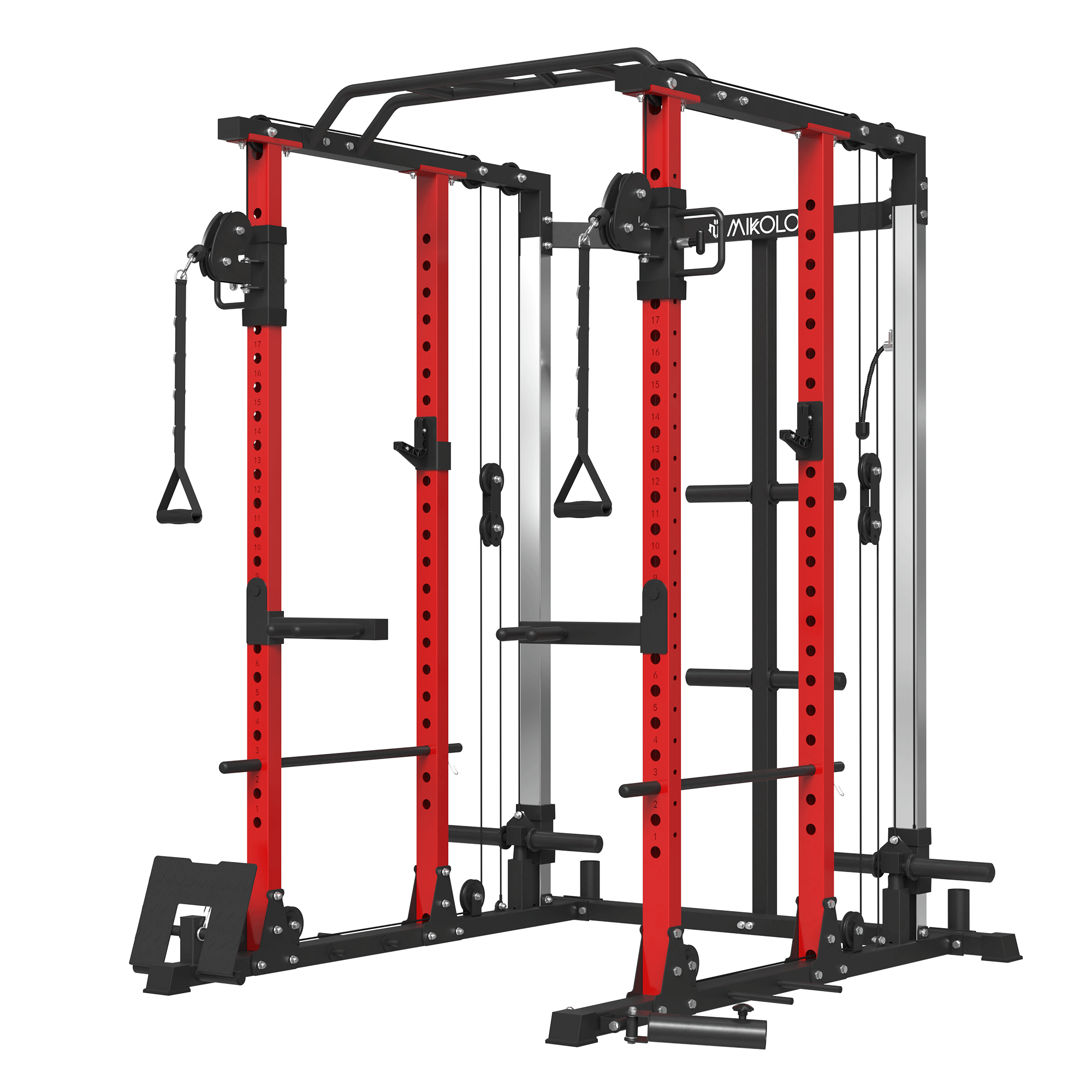

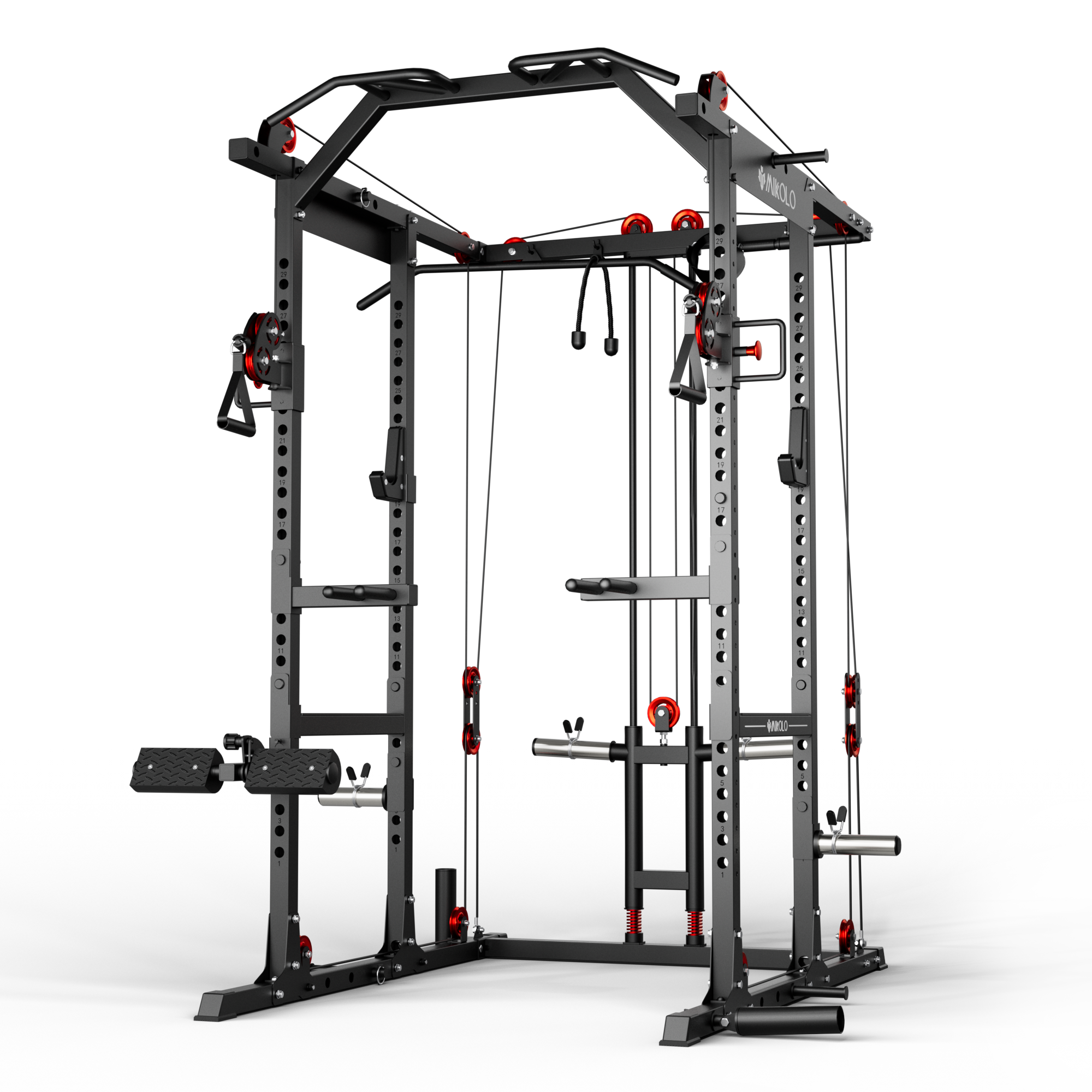



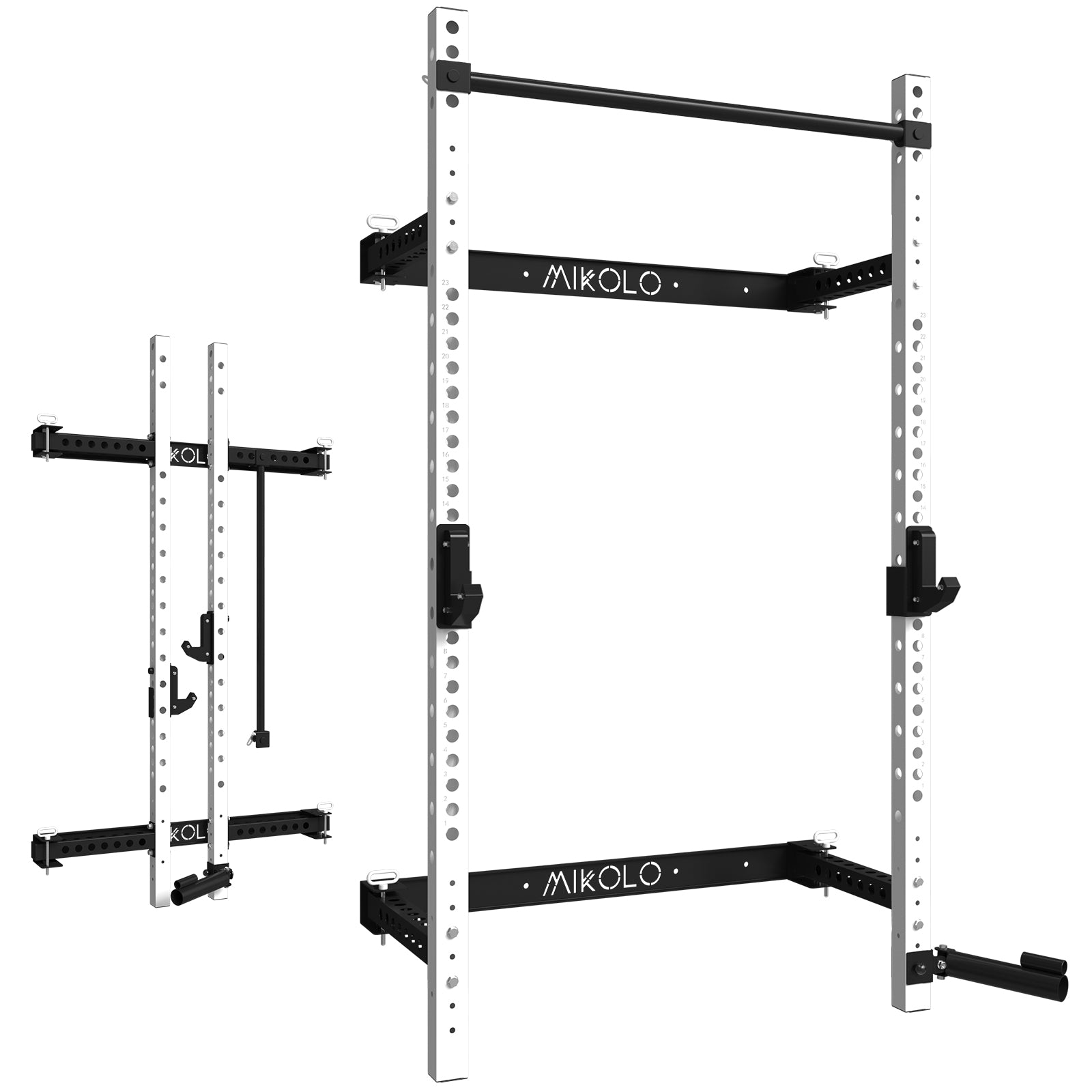




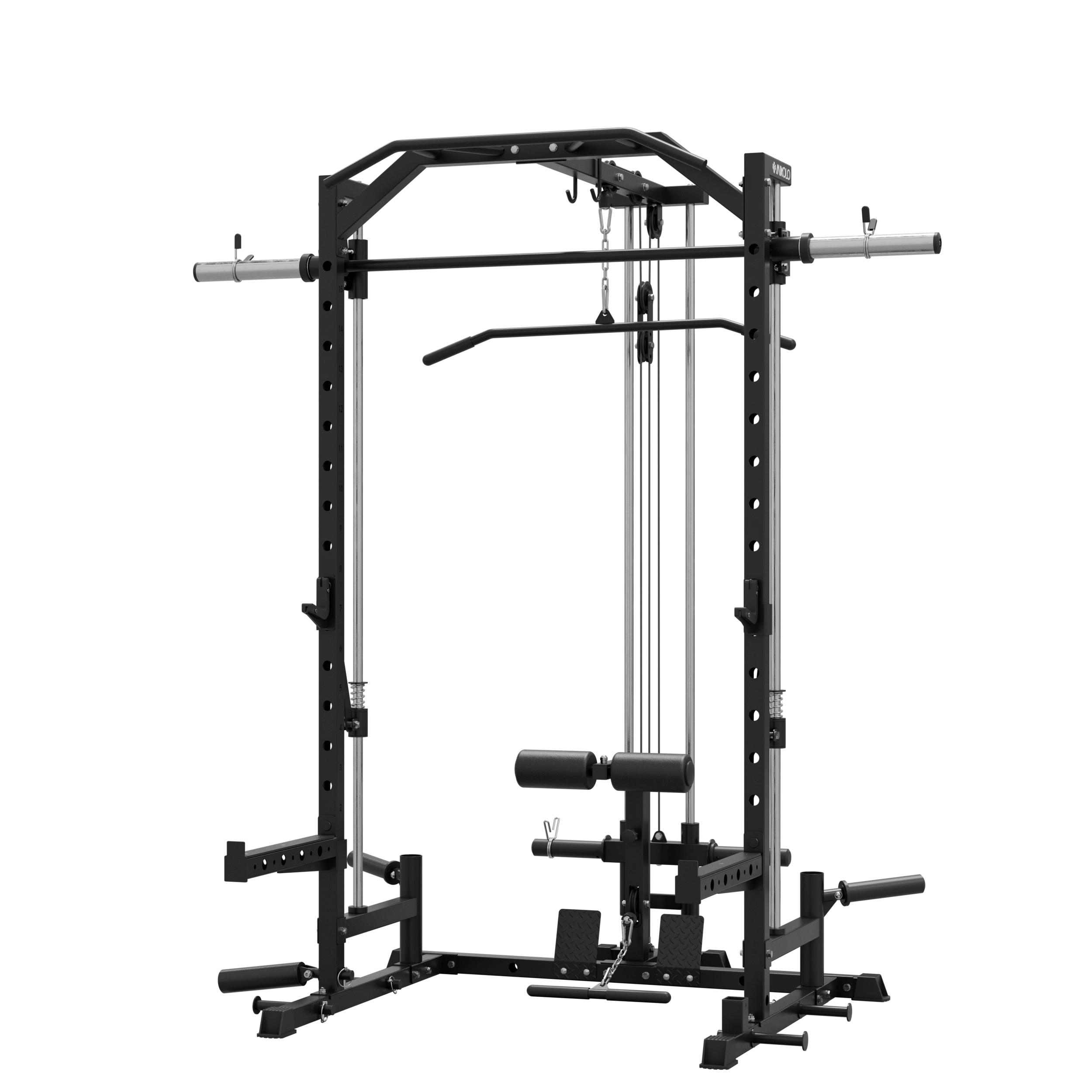













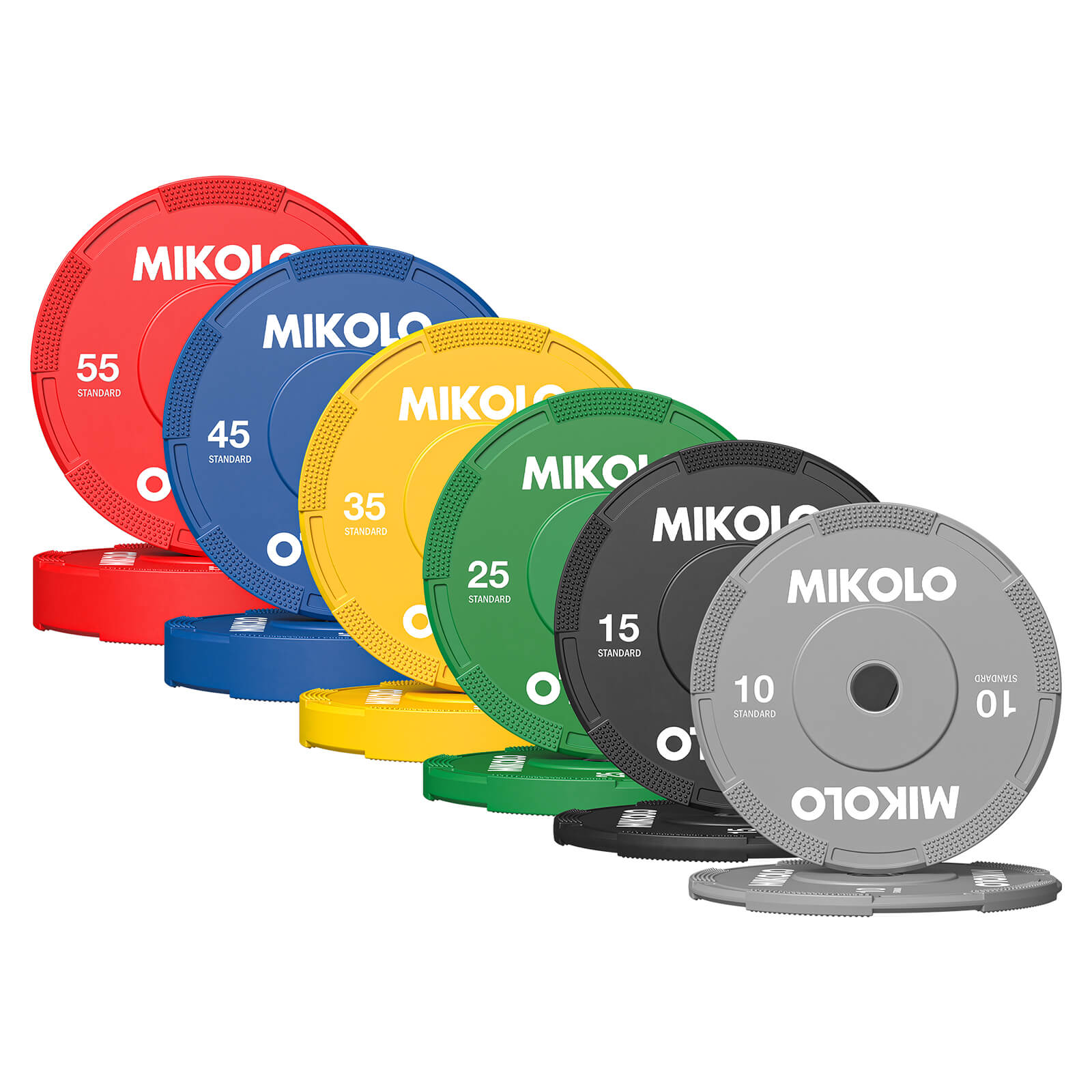

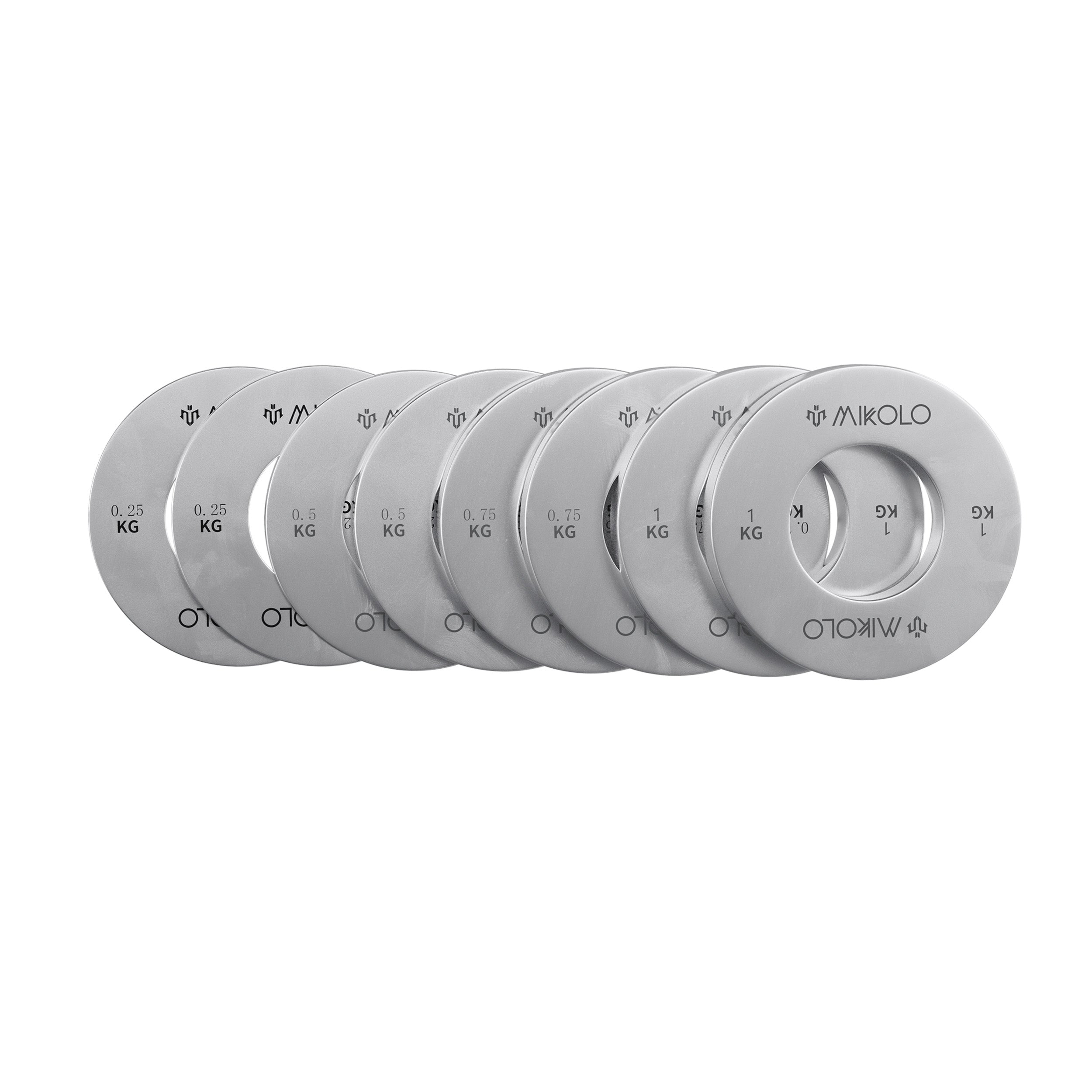

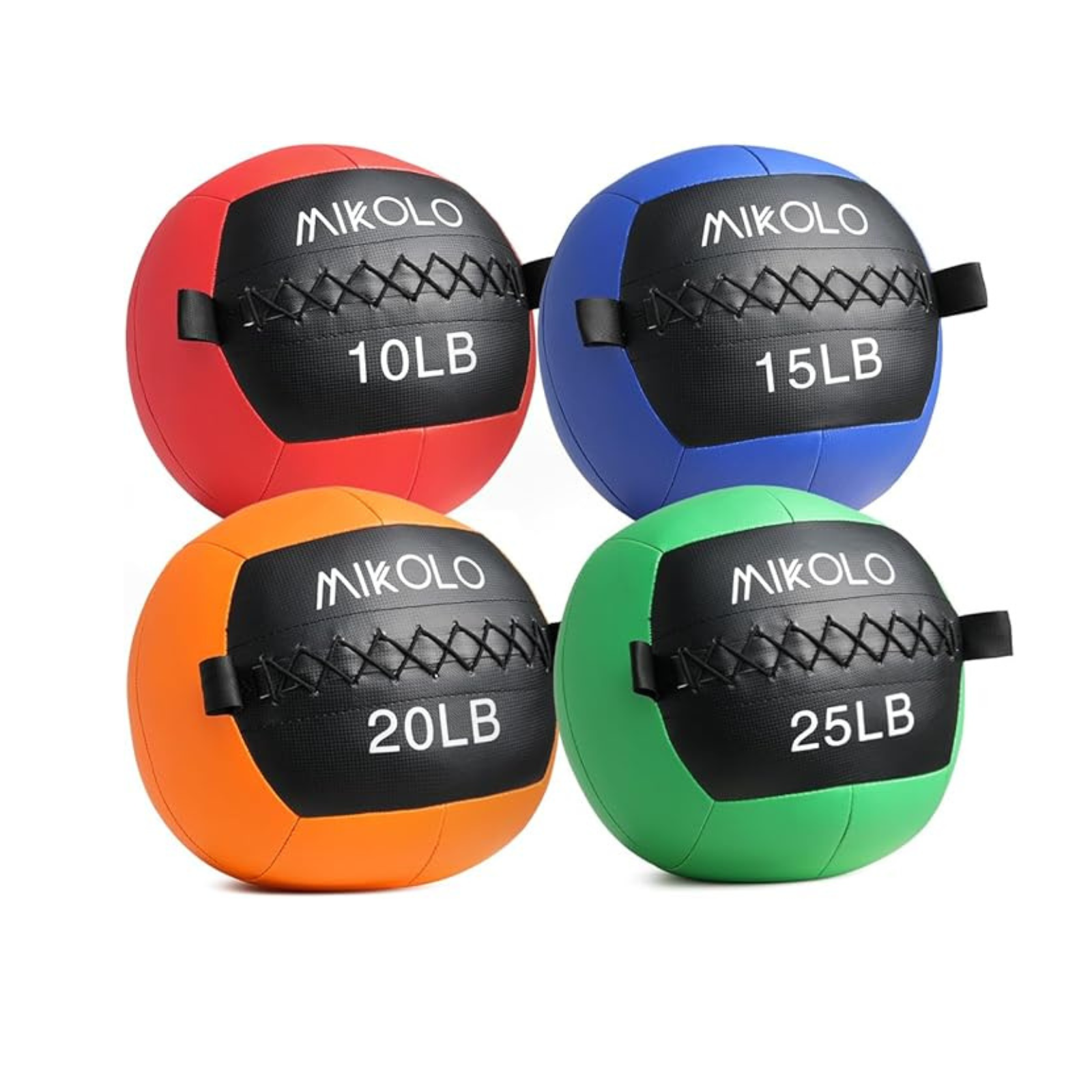
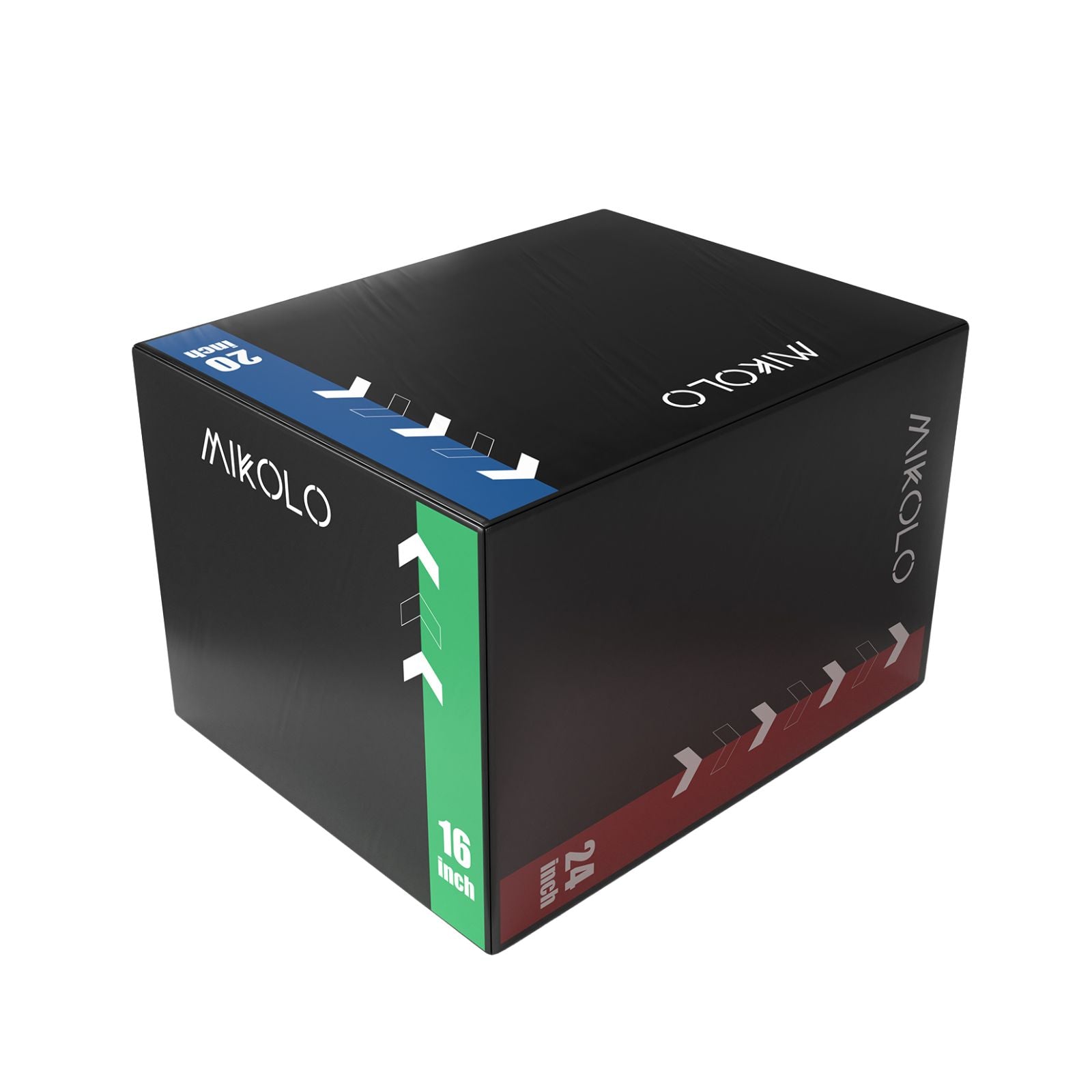
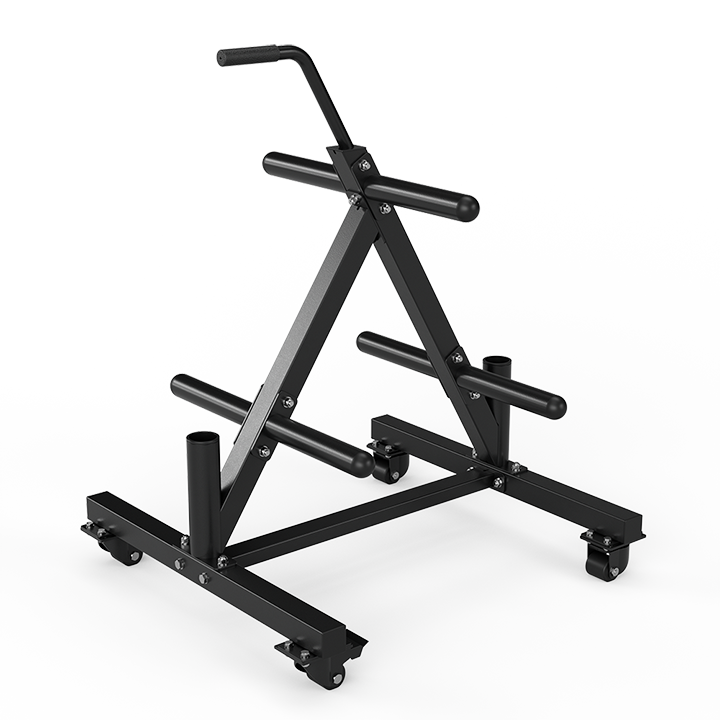
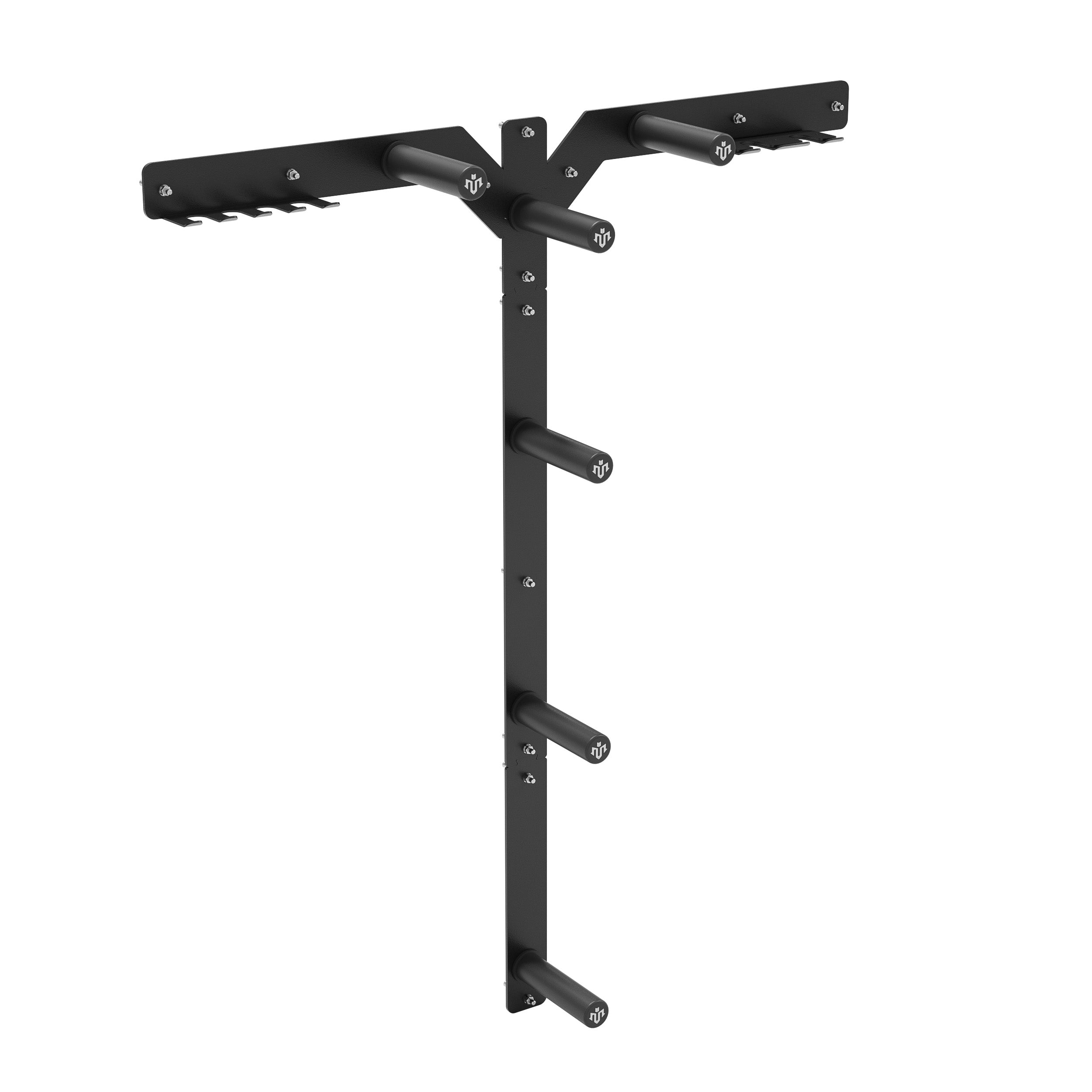




Leave a comment
This site is protected by hCaptcha and the hCaptcha Privacy Policy and Terms of Service apply.